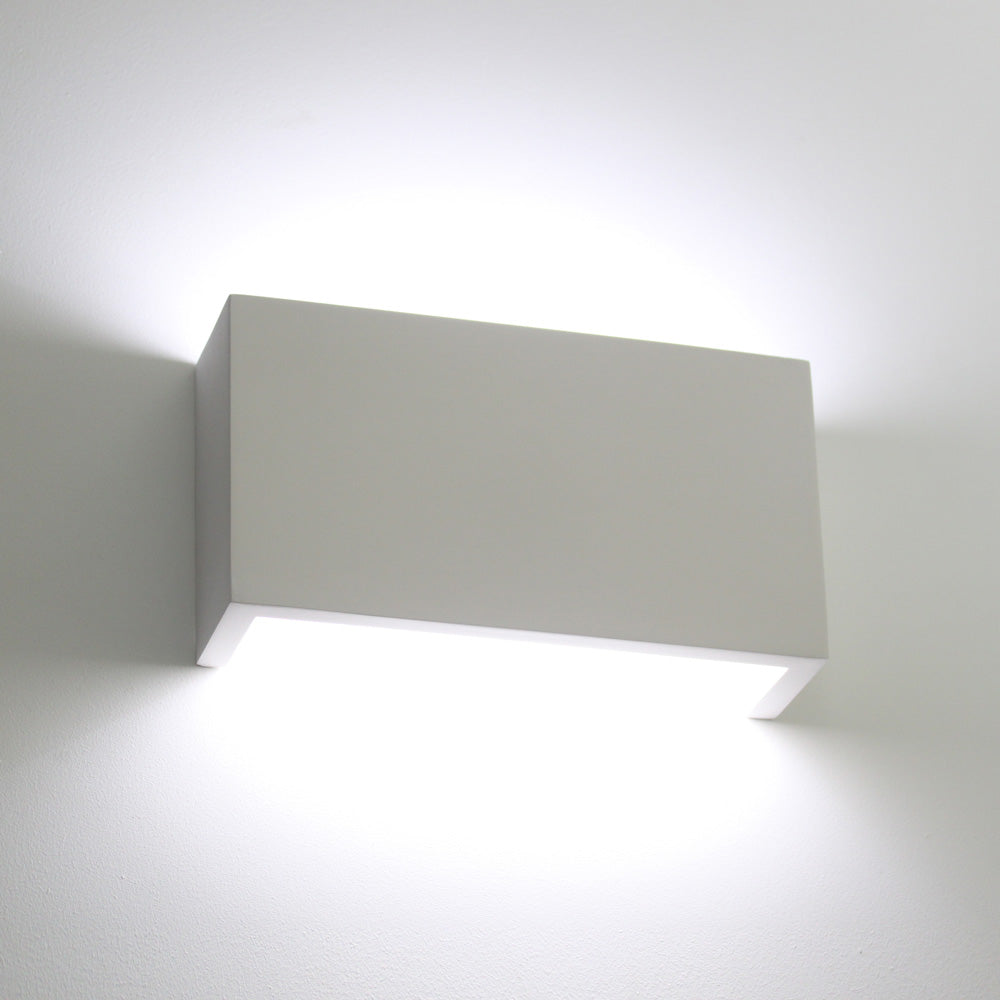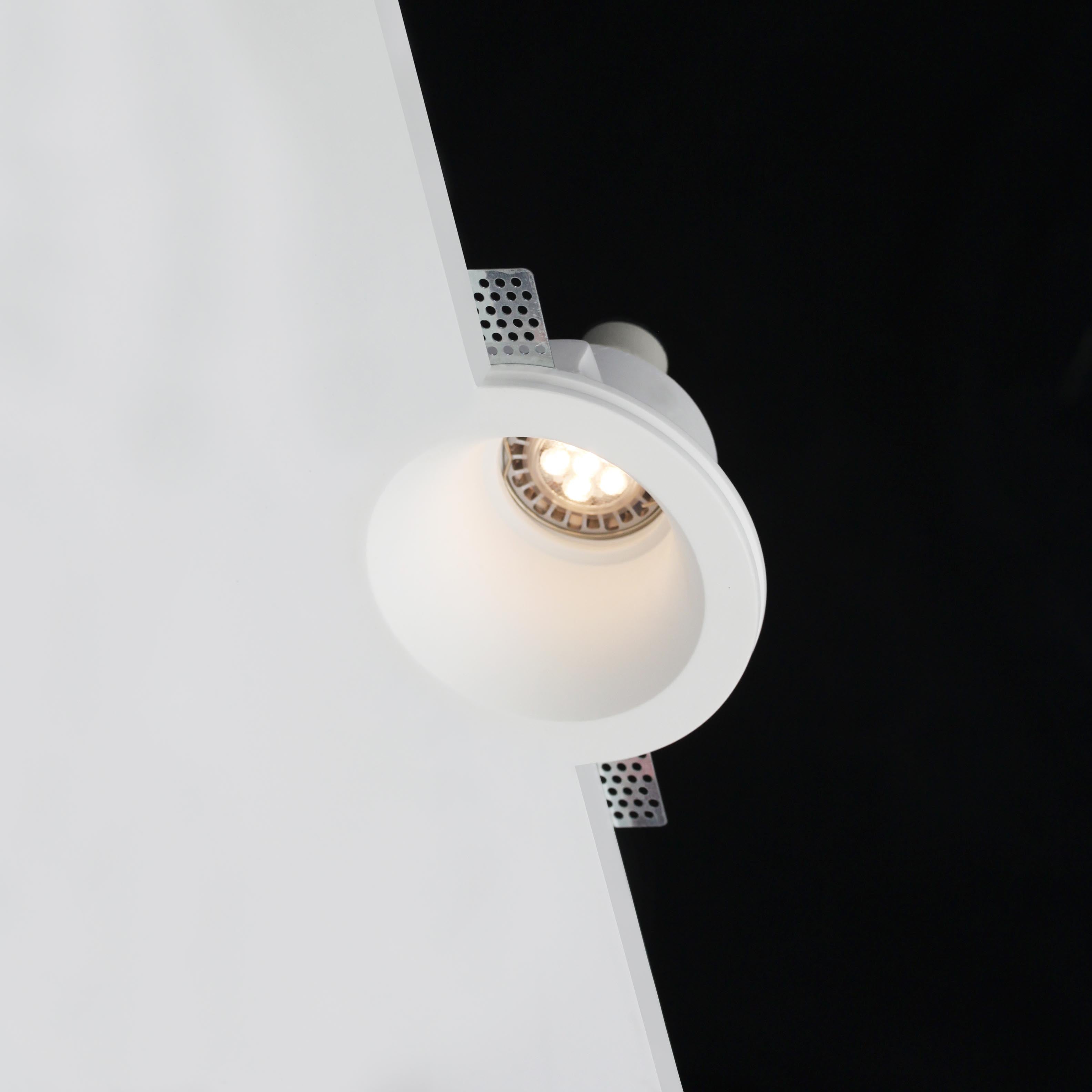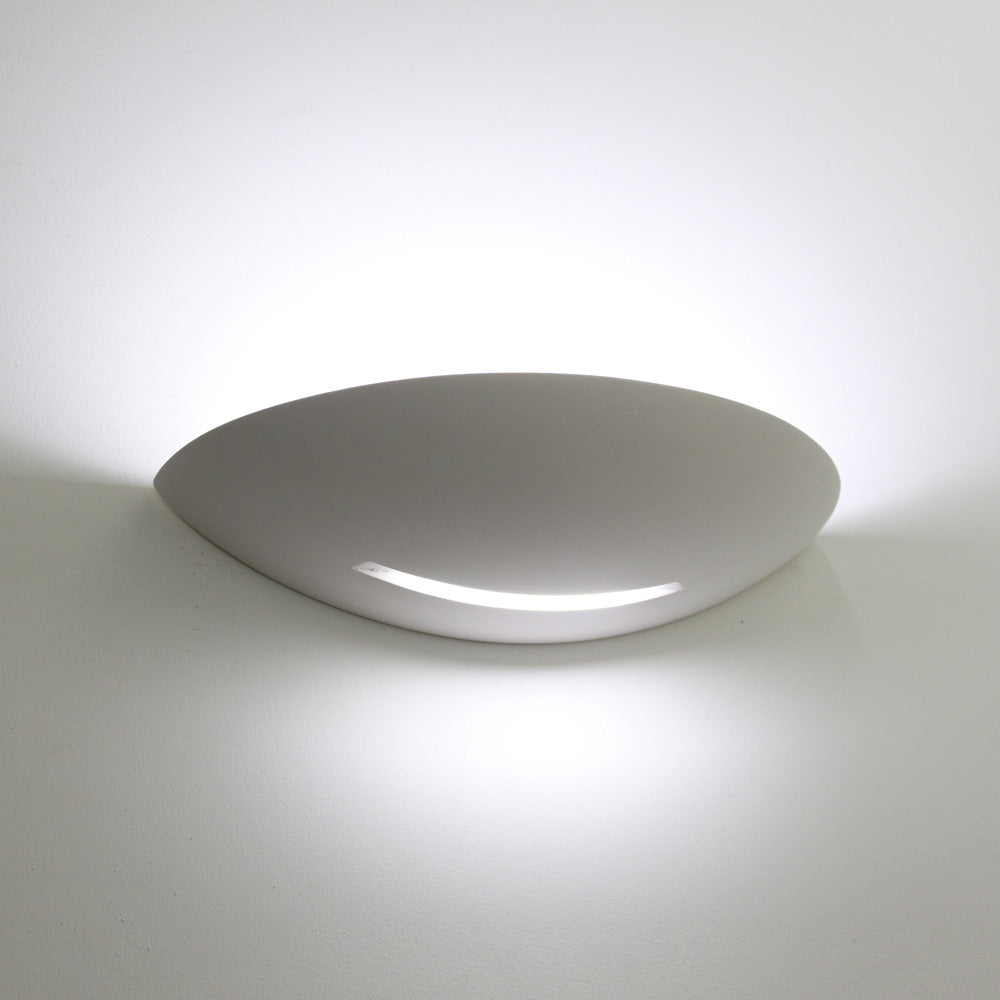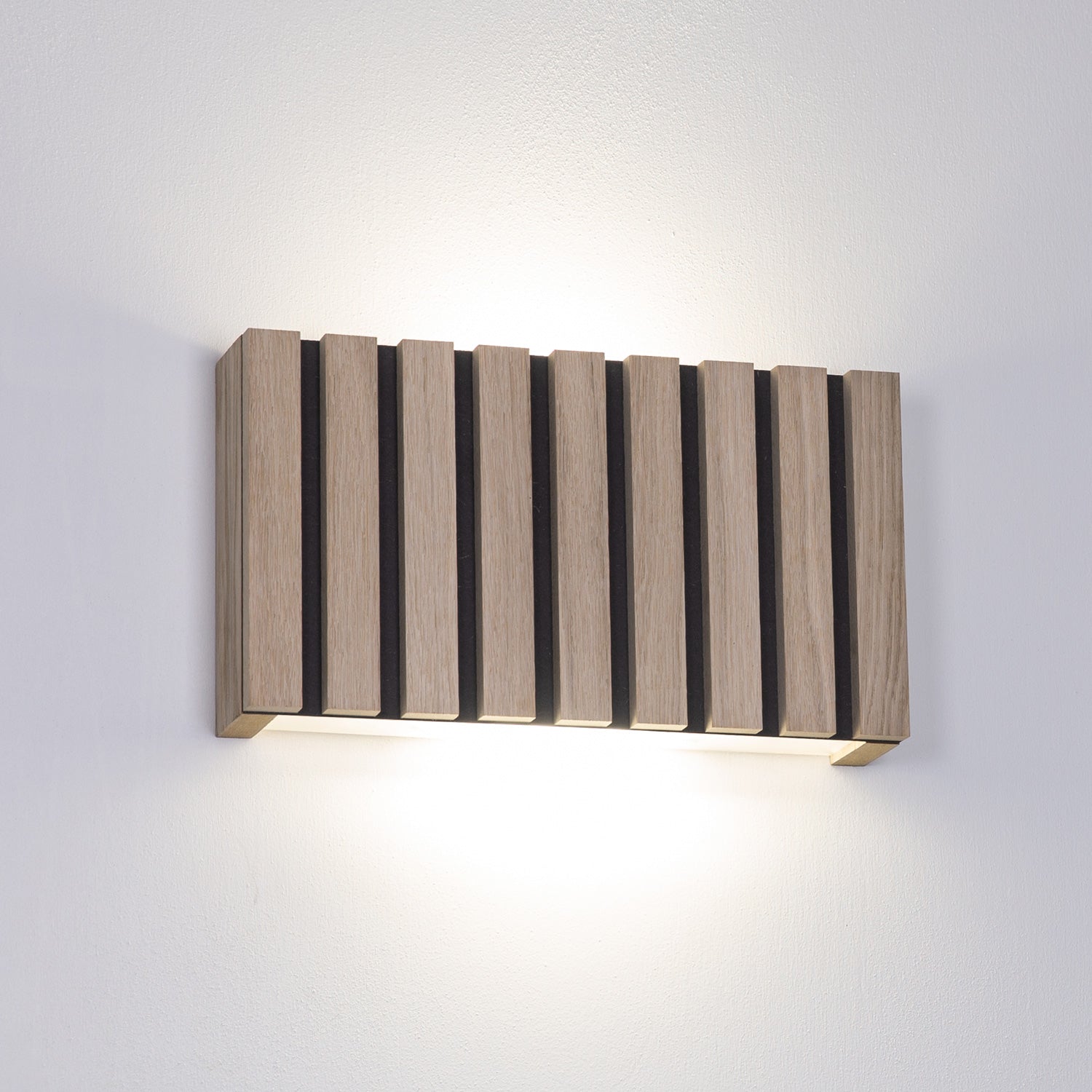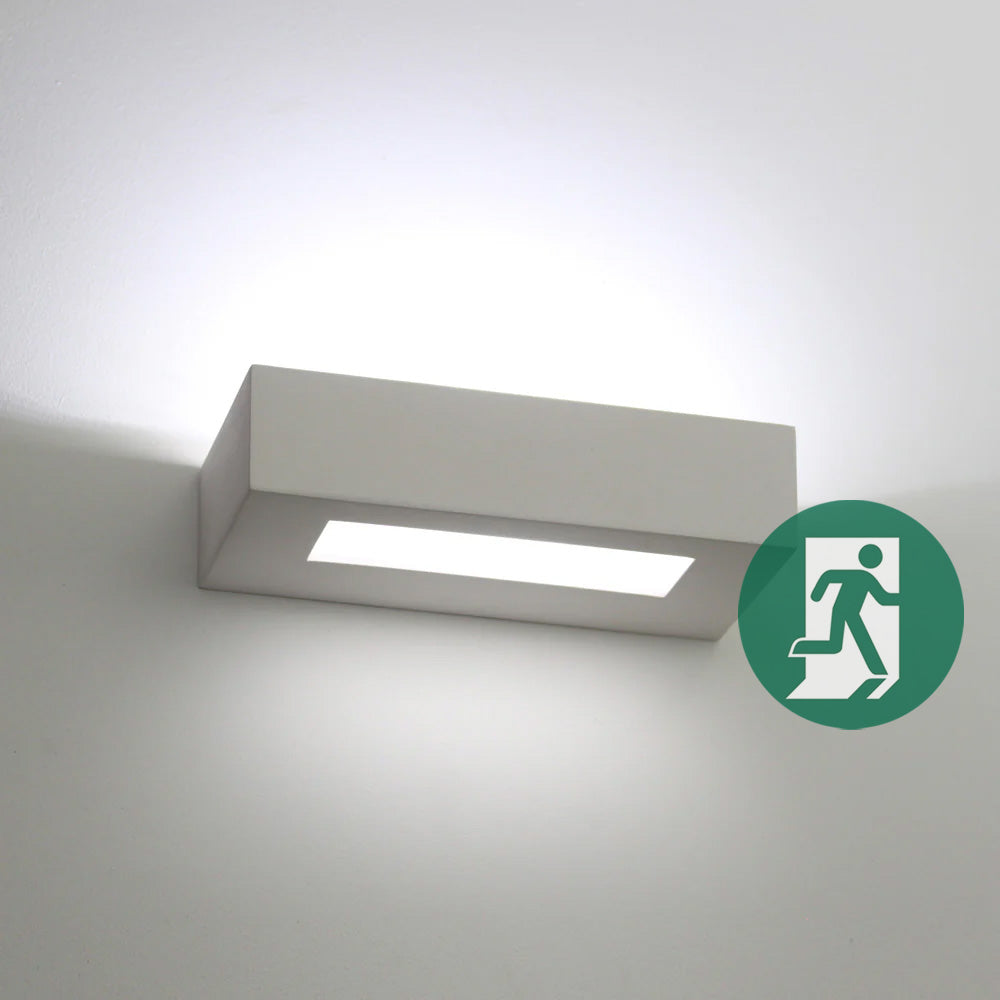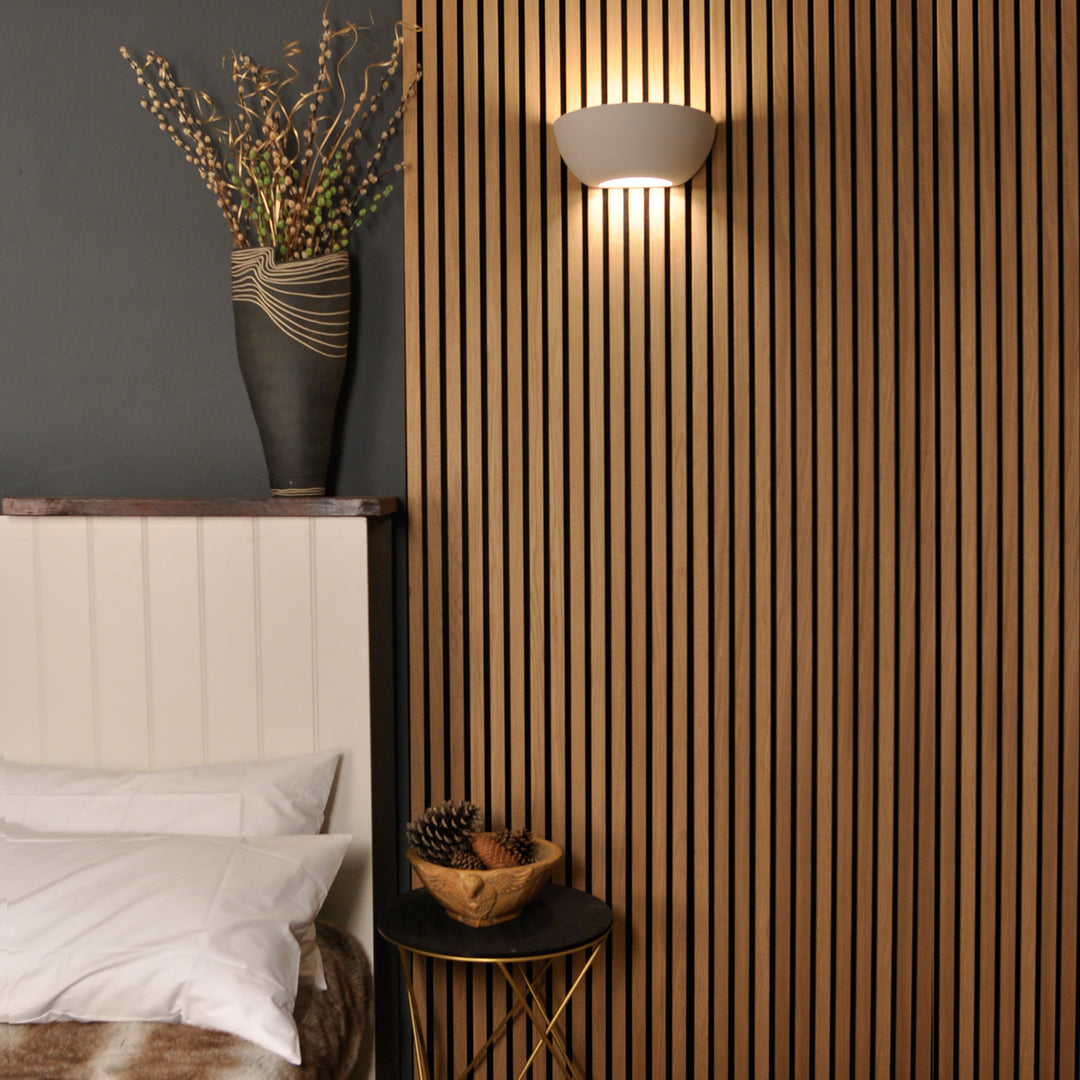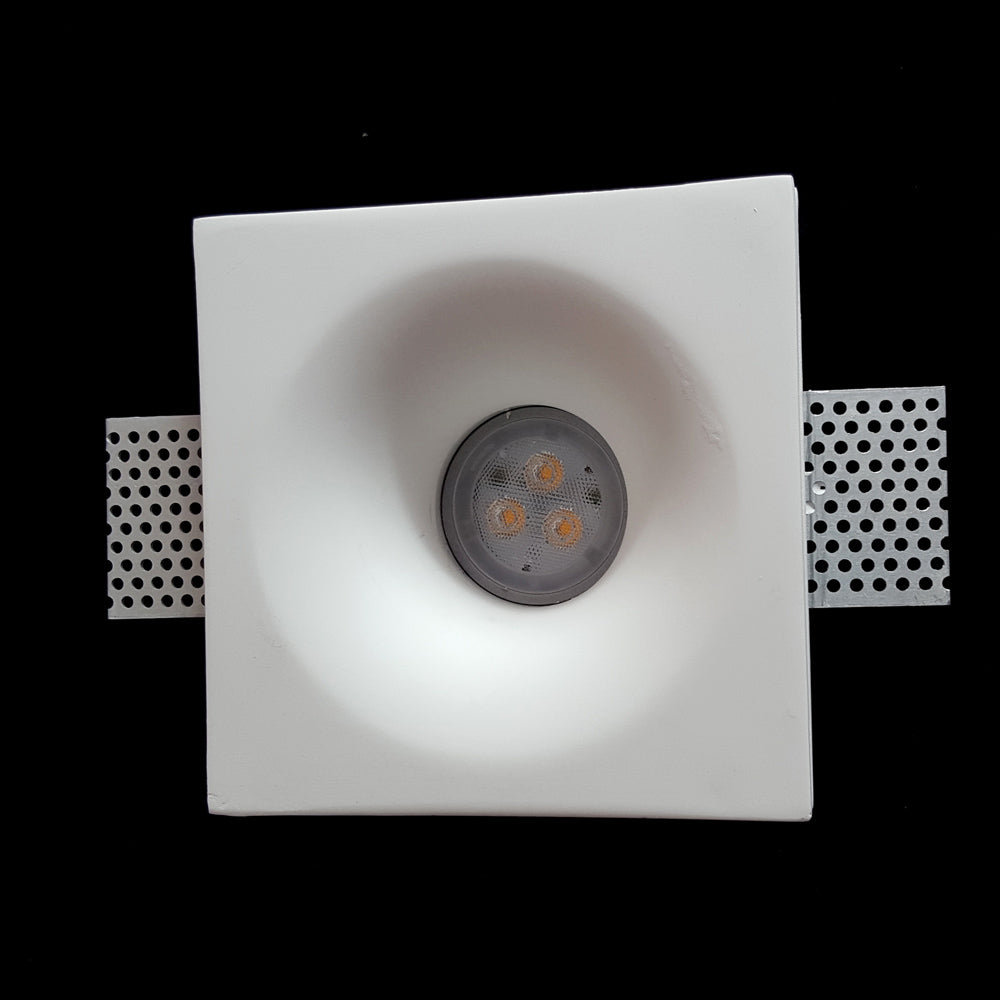LED Lighting Dimming Guide
Leading vs Trailing Edge Dimmers
There are two main types of dimmers used with LED lights: leading-edge and trailing-edge.
-
Leading-Edge Dimmers: These are the older style of dimmers, originally designed for incandescent and halogen bulbs. They work by cutting off the front portion of the AC waveform. While some LEDs can work with leading-edge dimmers, many experience flickering or buzzing due to the abrupt voltage changes.
-
Trailing-Edge Dimmers: These dimmers are specifically designed for modern lighting technologies, including LEDs. They cut the back portion of the AC waveform, providing a smoother and more consistent current, which is crucial for ensuring smooth dimming and avoiding flicker or noise. Trailing-edge dimmers are generally quieter, more precise, and more compatible with LEDs.
For best performance, we recommend using trailing-edge dimmers with LED lighting, as they offer better compatibility and smoother dimming.
Minimum and Maximum Load
When selecting a dimmer switch, it’s important to consider the minimum and maximum load it can handle. LEDs consume much less power than traditional bulbs, which can lead to issues with dimmers that are not designed for low-wattage lighting.
-
Minimum Load: Older dimmers often have a minimum load requirement (e.g., 20-40W), which may be too high for a circuit using only a few watts of LED lighting. This can cause flickering, buzzing, or failure to dim properly. LED-specific dimmers, however, have much lower minimum load requirements, typically as low as 1W, making them suitable for modern lighting setups.
-
Maximum Load: The maximum load rating of the dimmer switch should also be considered. This is the total wattage it can handle. For example, if your dimmer is rated for 120W and each LED bulb consumes 8W, you can control up to 15 bulbs on a single dimmer. Make sure your total load does not exceed the dimmer’s capacity to avoid performance issues or damage.
Lamp Compatibility
Not all LED bulbs are dimmable, so it is critical to choose a dimmable LED option if dimming is required. Non-dimmable LEDs will not function properly when connected to a dimmer switch, and attempting to dim them can cause flickering, buzzing, or even damage to the bulb.
Our Recommendation
Some dimmers may cause performance issues like a limited dimming range or flickering, so always check the dimmer's specifications to ensure it is compatible.
We recommend the Varilight V-Pro series dimmers for LED lighting. These dimmers are widely regarded for their performance and compatibility with a range of dimmable LED bulbs, including the commonly used GU10 LEDs.
Why Varilight V-Pro?
- Compatibility: Varilight V-Pro dimmers are compatible with virtually all dimmable LED bulbs, ensuring smooth dimming without flickering or buzzing.
- Adaptive Dimming: They feature adaptive technology that automatically adjusts between leading-edge and trailing-edge modes, optimizing performance for different loads.
- Wide Load Range: These dimmers are suitable for low loads, typically handling from 1W to 120W, making them ideal for both small and large lighting circuits.
- Fine-Tuning: The Varilight V-Pro series also allows you to adjust the dimming range, ensuring maximum control and smooth dimming at the lowest and highest light levels.


